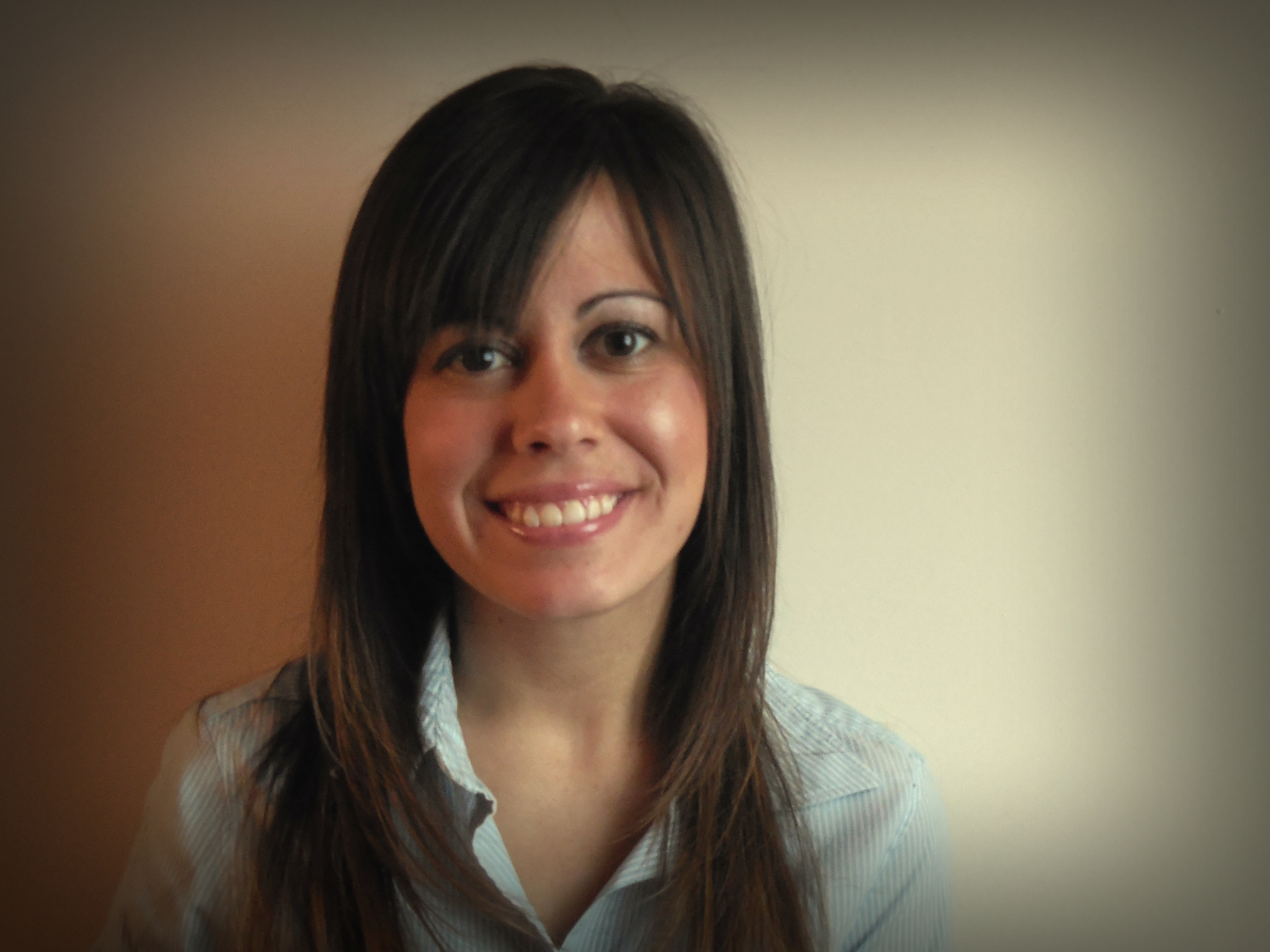Goal Writing Tips
This past week in symposium, we reviewed tips for writing client goals. It was a nice refresher from all I have learned in my recently completed coursework in school. My biggest take-away from this topic was the acronym SMART; this provides an outline for things to consider when writing goals for clients. “S” stands for specific, meaning be specific about the desired action from the client. “M” represents measureable, meaning to specify how the action will be measured (i.e. using a stopwatch, 3 out of 4 trials, etc). “A” stands for achievable, meaning make sure the action and time frame are reasonable for the client and his or her functioning level. “R” is for relevant, which refers to making the goal relevant to where the client needs the most improvement. Finally, “T” stands for time limited, which means to set a time frame for when the client should achieve the goal. These are great tips to remember when writing new goals for clients.
Another important part of this week’s discussion was examples of things to avoid in goal writing. Goals should be specific, so it is wise to avoid using vague language, such as “client will improve his/her behavior”. It is important to specify the exact behaviors the client should improve on, such as “client will increase his/her ability to take turns” and then writing the intervention that will help with this goal (i.e. learning words to a taking turns song, taking turns with a friend or the music therapist playing an instrument, etc). For music therapy goals, musical experiences are used to address non-musical goals. Overall, it is important that the goals are specific, reasonable for the client’s age and functioning level, and that there is a clear way to measure the goal.
-Tara





